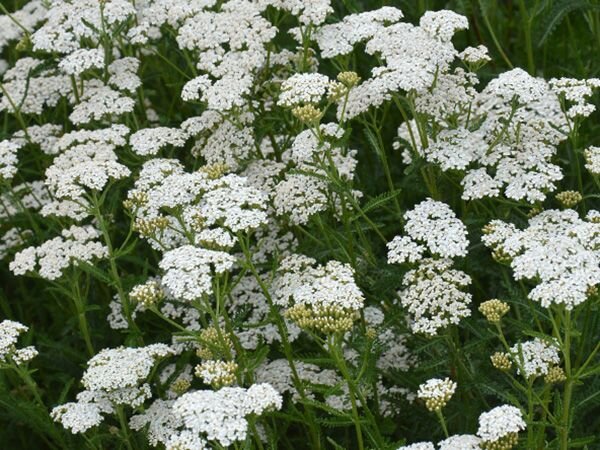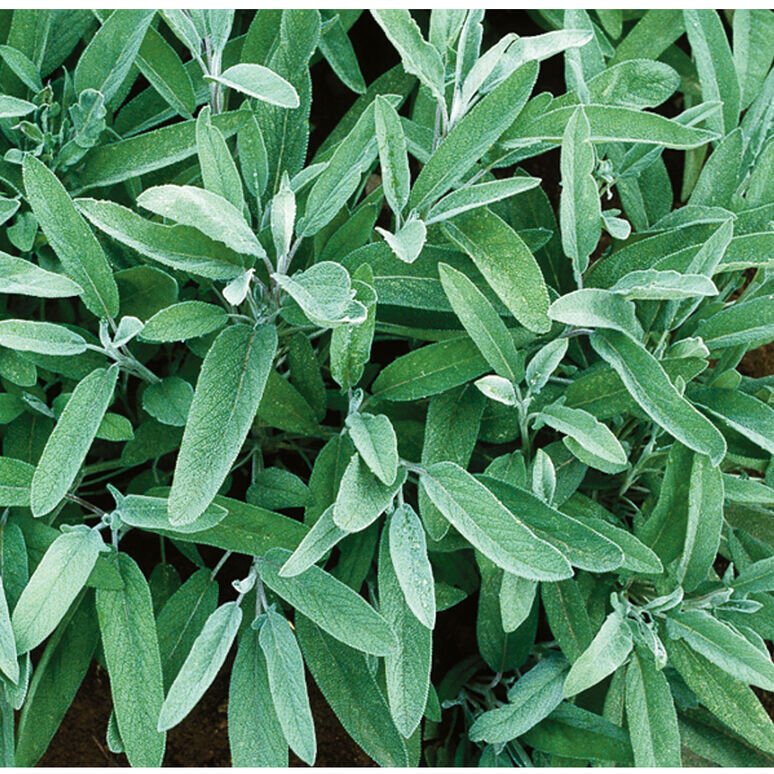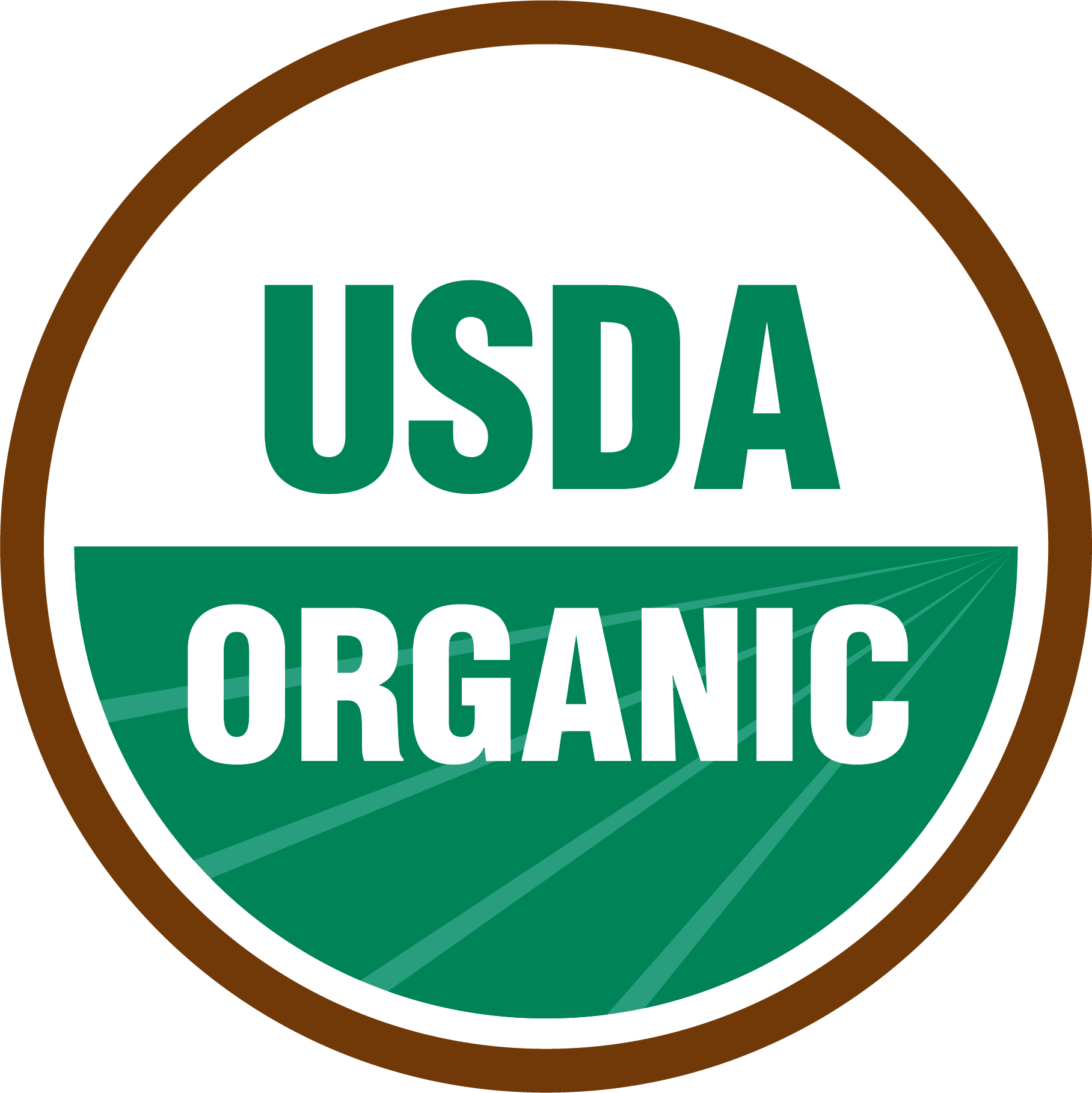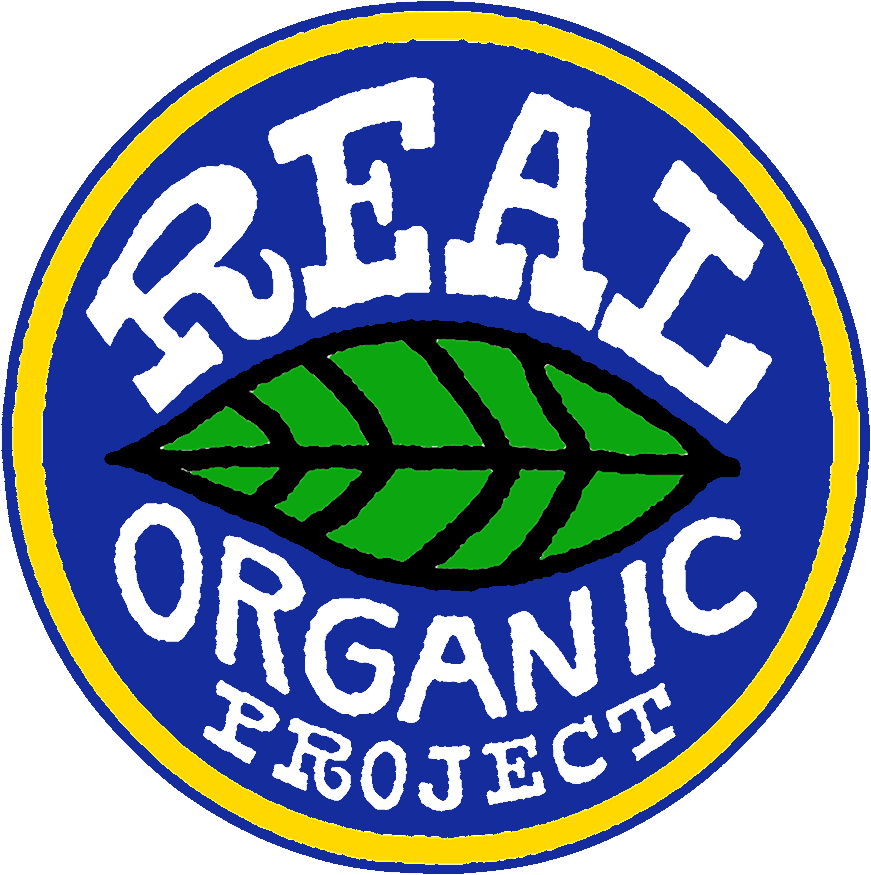Chamomile
Chamomile has yellow white daisy like flowers with a sweet, almost pineapple scent.
Best harvested in the summer in mid-morning when the dew has dried but before the sun is too hot.
Chamomile has been used to ease teething pain in children, lower anxiety, ease upset stomachs, decrease mild inflammation and consumed in tea form before bed for a good night's rest.*
Chamomile is the main ingredient of our biodynamic compost preparation 503.
St John’s Wart
St. John's Wort are low growing plants with bright yellow flowers that flower in mid-June.
Has been used topically to soothe and ease nervous systems, relax muscle pain, help speed up healing, and decrease depression.*
Yarrow
Yarrow has white clustered flowers with green feathery stocks.
Can be used as a cooking spice and bug spray. Medicinally, it has been used to reduce fevers, support the immune system, soothe sore throats, support the digestive system, and induce labor.*
Yarrow is the main ingredient for our biodynamic compost preparation 502.
Tulsi
Tulsi, also known as “holy basil”, is a type of basil with darker, less shiny leaves, pink flowers and sweater floral scent than traditional basil.
Tulsi is most commonly used holistically in teas, tinctures and salves, but can be used as a culinary herb too. In Thai dishes it is used as an aromatic with garlic, fish sauce and chilies to impart flavor into meat, fish, or chicken.
Tulsi has been used to help the body fight stress, promote a healthy immune system, aid digestion, and support the nervous and circulatory system.*
Marjoram
Marjoram is a compact green plant with oval shaped leaves. It looks a lot like oregano but has a milder and sweeter taste.
Pairs well with citrus, mushrooms, and fish and can be added to salads, soups, stews, sauces, stuffing and even desserts.
Medicinally, marjoram has been used to help ease stomach troubles, speed healing, and promote overall happiness.*
Anise Hyssop
Anise Hyssop is a bushy green plant with four to six inch spikes of densely packed small, violet and indigo flowers with a sweet licorice smell and taste. Bees love it!
Has been used to treat colds and asthma due to it’s warm feeling and ability to reduce phlegm. It also has strong antiviral properties.*
Borage
Borage has small, star shaped, blue flowers that have a clear, cool cucumber taste.
Can be used culinary in soups, pasta, salad, poultry and fish dishes as it adds a slightly cool, cucumber taste.
Has been used to uplift spirits and encourage bravery due to its mild antidepressant and sedative effects. Also has been used topically for treating skin conditions like dryness, inflammation, bruises and swelling.*
Sage
Sage has silvery green leaves, with an almost fuzzy like texture and slightly musty, earthy, piney flavor that is intensified when dried.
Best paired with meat dishes, veggie dishes, and cheese dishes; can be used on it’s own, but has a more complex flavor when paired with other herbs.
Has been used to soothe sore throats, enhance memory, and has antioxidant and anti inflammatory properties.*
Valerian
Valerian has clusters of white flowers with green leaves on top of long stems with a pungent somewhat off putting scent
The roots have been used to aid insomnia, upper respiratory problems, pain relief, skin problems, and cramps.*
Valerian is the main ingredient of our biodynamic compost preparation 507.
Echinacea
Echinacea is a coneflower with purple flower petals and a round, somewhat spikey center.
Has been used to boost the immune system, fight colds and flus, and prevent infections.*
All parts of the plant can be used, but it is the roots that have more potent healing properties.
Oregano
Oregano is a low branching plant with green leaves that have a complex flavor reminiscent of mint, thyme, and rosemary.
It is a key herb in Italian pizza sauce but also good in salads and dips, and with grilled fish, vegetables, and chicken.
It has been used as an antioxidant and has antibacterial, antifungal, and antiparasitic properties.*
Lovage
Lovage is a tall plant with green leaves and stalks that look and smell like celery.
Can be substituted for celery in dishes like soups, stews, salads, and vinegar. But add leaves sparingly because they have a strong flavor.
The roots, stem and leaves have been used as a warming digestive aid, a diuretic, and breath freshener.*
Feverfew
Feverfew is a daisy-like plant with white petals, yellow centers and feather like leaves. It looks similar to chamomile but has a stronger bitter aroma.
Has been used for easing migraine headaches, reducing fever, common colds, and arthritis pain.*
Bergamot
Bergamot, also known as bee balm, has scarlet flowers, tall leafy green stalks, and a fresh, lemon-lime taste with warm spicy notes, and a hint of mint.
Can be added to salads, fresh fruit cups, soups, chicken dishes, sauces, and cheese dishes for a citrusy flavor.
Has been used as a digestive aid, to reduce fevers, spasms, headaches, nausea, and as a sleep aid and to induce sweating.*
Hollyhock
Hollyhock is an edible flower. They are tall plants with rose-like hibiscus sized flowers that can be pink, orange, burgundy, or chocolate with a very neutral flavor.
Can be used as a garnish for drinks and savory and sweet dishes
Have been used for soothing irritation and inflammation and as a cooling tea.*
Nasturtium
Nasturtium are low growing plants with lily pad looking leaves, and bright yellow and orange flowers. Leaves and flowers are edible.
The leaves have a peppery taste similar to watercress, whereas the flowers have slightly floral milder taste.
Can be used in salads, made into a peppery tasting pesto, and as a garnish for soups, dips, and deserts.
Leaves are rich in vitamin A and C and have been used to help treat minor colds and flus.*
Marigolds
Tall bushy plants with fragrant orange and yellow flowers that are edible! They have a slightly bitter floral taste with hints of citrus and spice.
Flowers can garnish salads and desserts or be cooked into egg or rice dishes. Remove the petals from the flower base before consuming as the base can be quite bitter.
Bachelor Buttons
Bachelor buttons are tall bushy plants with blue, pink, red, and white edible flowers with a bland and mildly floral flavor.
Can add a nice pop of color to salads, cakes, cupcakes, and other dessert dishes.
Good added to teas due to its mild to no flavor. It has been used as an antioxidant and anti-inflammatory.*
Calendula
These bright, cheery yellow or orange flowers are edible and have a sweet, citrus earthy scent. When dried the scent becomes highly floral with hints of vanilla.
Can be used in salads, soups, dishes, and garnishes on baked goods or puddings.
Has been used topically to ease skin rashes, blemishes, sunburns and promote healing.*
*FDA Disclaimer: These statements and products have not been evaluated by the FDA. They are not intended to diagnose, treat, cure, or prevent any disease or condition. If you have a health concern or condition, consult a physician. Always consult a medical doctor before modifying your diet, using any new product, drug, supplement, or doing any new exercises. Especially if pregnant.
For more information of specific herbs and flowers see:
https://www.specialtyproduce.com
“The Herbalist's Kitchen: Cooking and Healing with Herbs (2018)” by Pat Crocker










































